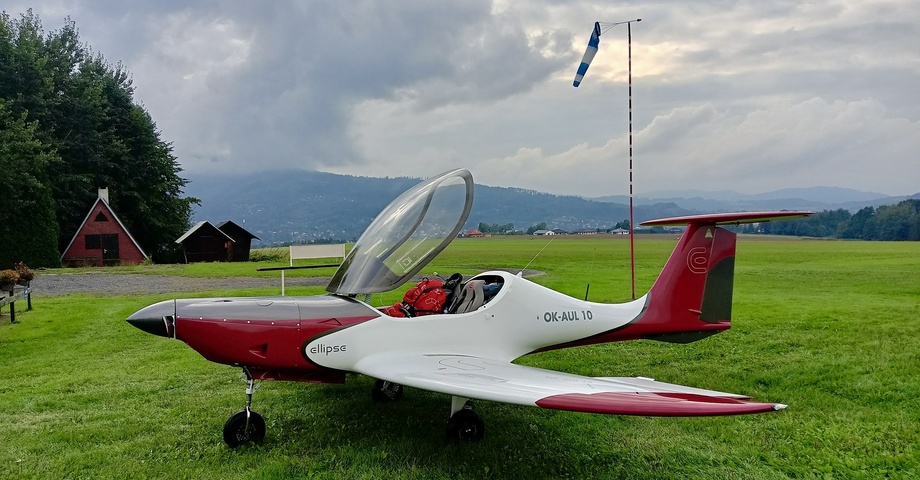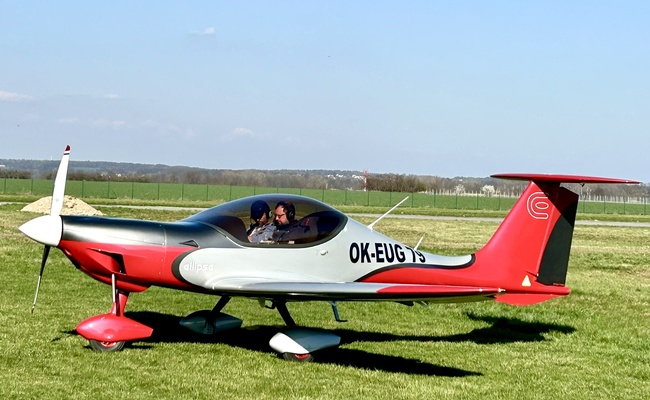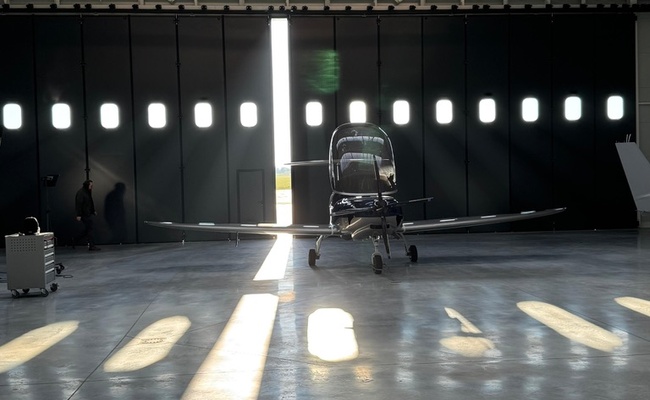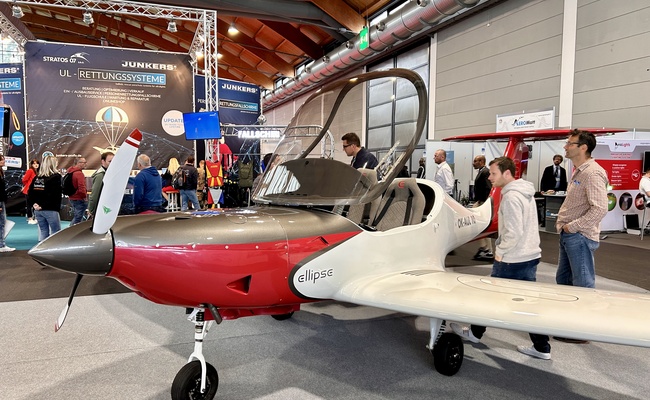There is no carbon like carbon
19. October 2022

In our stories, there is a reference to the ellipse being a pure carbon or carbon aircraft. What does that mean, and what are the benefits to pilots?
We've written before about how this material made its way into aircraft production in a fairly complicated history. Still, now we want to focus on what the composition of an ellipse aircraft looks like and how a pilot can benefit from the new materials.
Why composite materials
The ultralight ellipse is an aircraft on which dual curvature surfaces (collapsed surfaces) are the absolute majority. Producing these surfaces from wood or sheet metal would be very tedious and expensive, and in some details, impossible. Knowing that CNC technology and composite materials would be used in aircraft production opened up huge possibilities in terms of aircraft design.
It was, therefore, a case of maximising the aerodynamics of a small aircraft that is not limited by the technological compromises of manufacturing, although, like other aircraft, these too are unavoidable. We just need to choose the materials and their composition well.
What is the composition?
The top layer of your ellipse uses a classic 80 gsm fibreglass fabric. We use it as a protective ply that will allow minor abrasions and hangar accidents to be resolved locally, as the glass layer protects the carbon fibres that are vulnerable to punctures during eventual repairs. Underneath this layer, there already is classic composition - carbon - honeycomb or airex/herex and other load-bearing and strength layers.
Each ply is saturated with resin, and the whole composition is vacuumed after being placed in the molds. The excess resin is vacuumed into an absorption fabric to make each part as strong and light as possible. Paradoxically, the carbon provides the strength, not the amount of resin in the carbon. Assuming, of course, that the carbon is properly saturated.
And how do pilots benefit from this composition? The aircraft is both stiff and rigid. The stiffness is evident, for example, when manoeuvring at higher speeds, because even in this mode, the aircraft is vibration-free and very agile. The top layer protects the strength layers from damage during minor hangar collisions, and this is just handy because you don't get to choose your neighbours :-).
Next steps
Once we have laminated and have the parts glued into sets, we need to temp all the parts. This is done in a tempering chamber, where a temperature curve is set, and the materials are baked for 12 hours to allow chemical reactions to occur in the resin and all the resin's chemical bonds to set.
What about the colour design?
Traditionally, since the days of the first composite aircraft, designers and engineers have only required aircraft to be painted white to reduce the thermal strain on the laminates in the sun. But technology has advanced a lot since then, and with the right resin choices and finishing of aircraft in tempering chambers, it is possible to have coloured aircraft.
Despite all this, at ellipse aero, we integrate a thermometer into the tail and warn that it is impossible to launch if the temperature of the laminates exceeds 55 degrees Celsius. This temperature could change the properties of the composites.
The repairs
The argument is often made that accidents and damage are better dealt with on conventional metal aircraft. Yes, it's the traditional argument. The truth is that in the experience of the glider pilots who started to design and produce composite sailplanes, no damage could not be repaired. They laminate torn tail surfaces, repair damaged wings, and even impact-damaged areas can be cut out and replaced.
And the ellipse?
Simply, we feel that the ellipse, with its aerodynamic concept, needs modern materials that are strong, stiff and light. They can be repaired. And they provide increased benefits to pilots not only because the materials reduce technological and manufacturing compromises and the aircraft does not lose any of its theoretical performance, but they are also suitable for the practical life of the pilot


